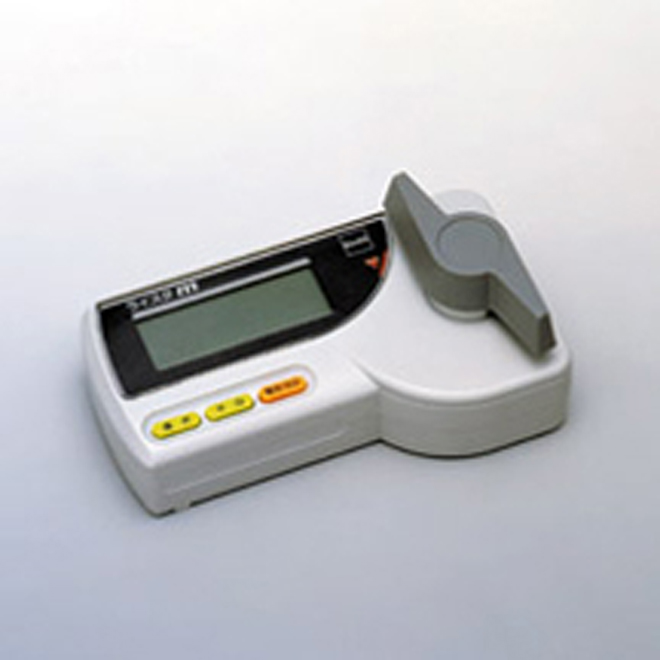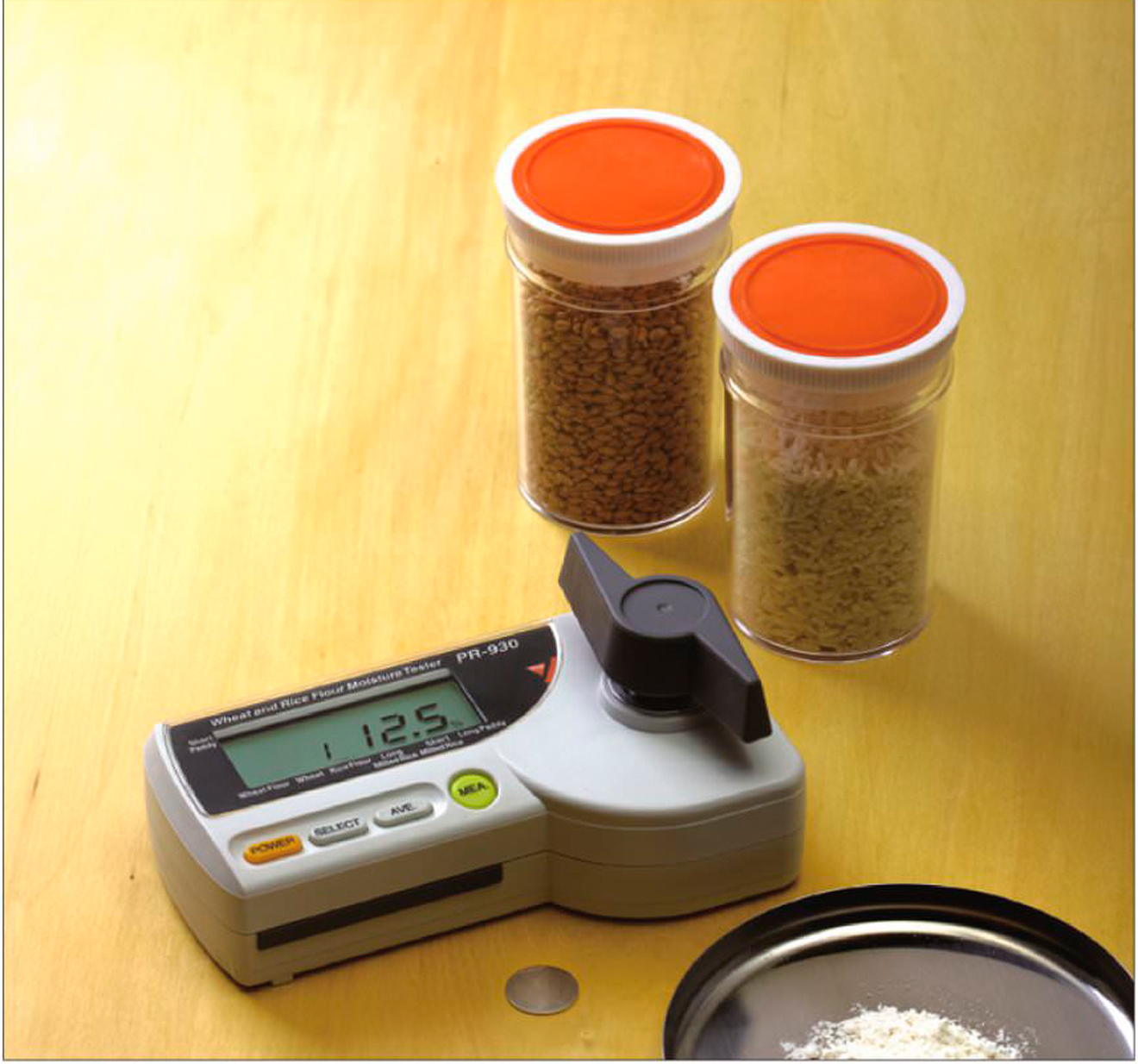Moisture Meter Reviews: Contrasting the Best Versions for Expert and DIY Usage
Moisture Meter Reviews: Contrasting the Best Versions for Expert and DIY Usage
Blog Article
Look Into the Globe of Moisture Meters: Every Little Thing You Need to Know
In the realm of moisture meters exists a globe of precision and functionality that typically goes undetected. These gadgets, while apparently simple, hold a wide range of details that can dramatically affect different sectors and applications. Understanding just how moisture meters operate, the different types readily available, and their diverse uses can clarify their relevance in making sure quality and effectiveness. By discovering the intricacies of wetness meters, one can uncover a beneficial tool that transcends plain measurement, using understandings that can make a considerable distinction in various areas.
Just How Moisture Meters Work
Moisture meters operate by determining the electrical conductivity or capacitance of products to establish the moisture material present. These meters are important tools across numerous industries, including building and construction, farming, and woodworking. By making use of various methods such as pinless or pin-type technology, dampness meters supply accurate analyses that help experts make notified choices.
Pin-type moisture meters work by inserting the sharp pins right into the material being tested. On the various other hand, pinless moisture meters use electro-magnetic signals to check a larger area without triggering any type of damages to the product's surface area.
Despite the technique used, dampness meters play a critical duty in stopping problems such as mold and mildew growth, architectural damage, or item defects brought on by excess dampness. Recognizing how these meters job is necessary for making certain the high quality and honesty of materials in various applications.
Kinds of Moisture Meters
Provided the important function wetness meters play in numerous industries, it is vital to understand the various types readily available to specialists for accurately assessing wetness levels - Moisture Meter. There are mainly two main kinds of wetness meters: pin-type and pinless moisture meters

On the other hand, pinless dampness meters utilize electro-magnetic sensing unit plates to scan a larger area of the material without causing any type of damage. This type appropriates for swiftly scanning large areas and is frequently used for flooring, wall surfaces, and ceilings. Pinless meters are practical for taking readings on completed surface areas without leaving any type of noticeable marks.
Both kinds of moisture meters have their benefits and are chosen based on the specific demands of the work available. Recognizing the distinctions in between these types is essential for professionals to make accurate dampness Click Here evaluations.
Applications Across Industries
Construction experts rely on wetness meters to analyze the wetness degrees in building materials like drywall, concrete, and timber, which is critical for keeping architectural honesty and preventing concerns like rot or mold. The flooring sector utilizes dampness meters to measure the wetness web content in subfloors before installing numerous flooring treatments, stopping expensive problems due to excess moisture. In the food market, wetness meters are made use of to keep an eye on and regulate moisture levels in products such as grains, nuts, and dried fruits to preserve freshness and quality.
Tips for Utilizing Moisture Meters
Utilize the moisture meter's calibration setups to ensure exact readings when measuring the moisture material in different products. In addition, make certain the meter is set to the appropriate dampness array for the product you are gauging to acquire the most exact results.
When using a pin-type dampness meter, insert the pins to the appropriate depth suggested for the material being evaluated. This makes certain that the moisture analyses are taken from the appropriate deepness within the material, giving a much more precise depiction of its dampness content. For pinless wetness meters, bear in mind to keep appropriate call with the material's surface to obtain reliable analyses.
On a regular basis check and change the batteries in your moisture meter to stop imprecise readings because of low power. Store the meter in a safe and dry area when not in use to extend its life-span and preserve its precision. By following these pointers, you can optimize this hyperlink the efficiency of your moisture meter and obtain exact moisture content dimensions across different materials.
Upkeep and Calibration
To make certain the accuracy of web moisture material dimensions, normal upkeep and calibration of the wetness meter are essential steps in its appropriate performance. Calibration readjusts the dampness meter to make certain that it offers trusted and consistent outcomes.
Calibration must be performed regularly, especially if the moisture meter is used regularly or in critical applications where precise dimensions are required. By adjusting the dampness and maintaining meter on a regular basis, users can trust the precision of the moisture web content measurements acquired.
Conclusion

To conclude, moisture meters play an important function in different markets by properly measuring the moisture web content of materials. Recognizing exactly how these tools function, the different kinds offered, and proper upkeep and calibration are essential for getting trustworthy results. Whether in agriculture, building and construction, or production, the usage of moisture meters helps make certain quality assurance and effectiveness in processes.

In verdict, dampness meters play a crucial role in numerous industries by properly measuring the wetness content of products.
Report this page